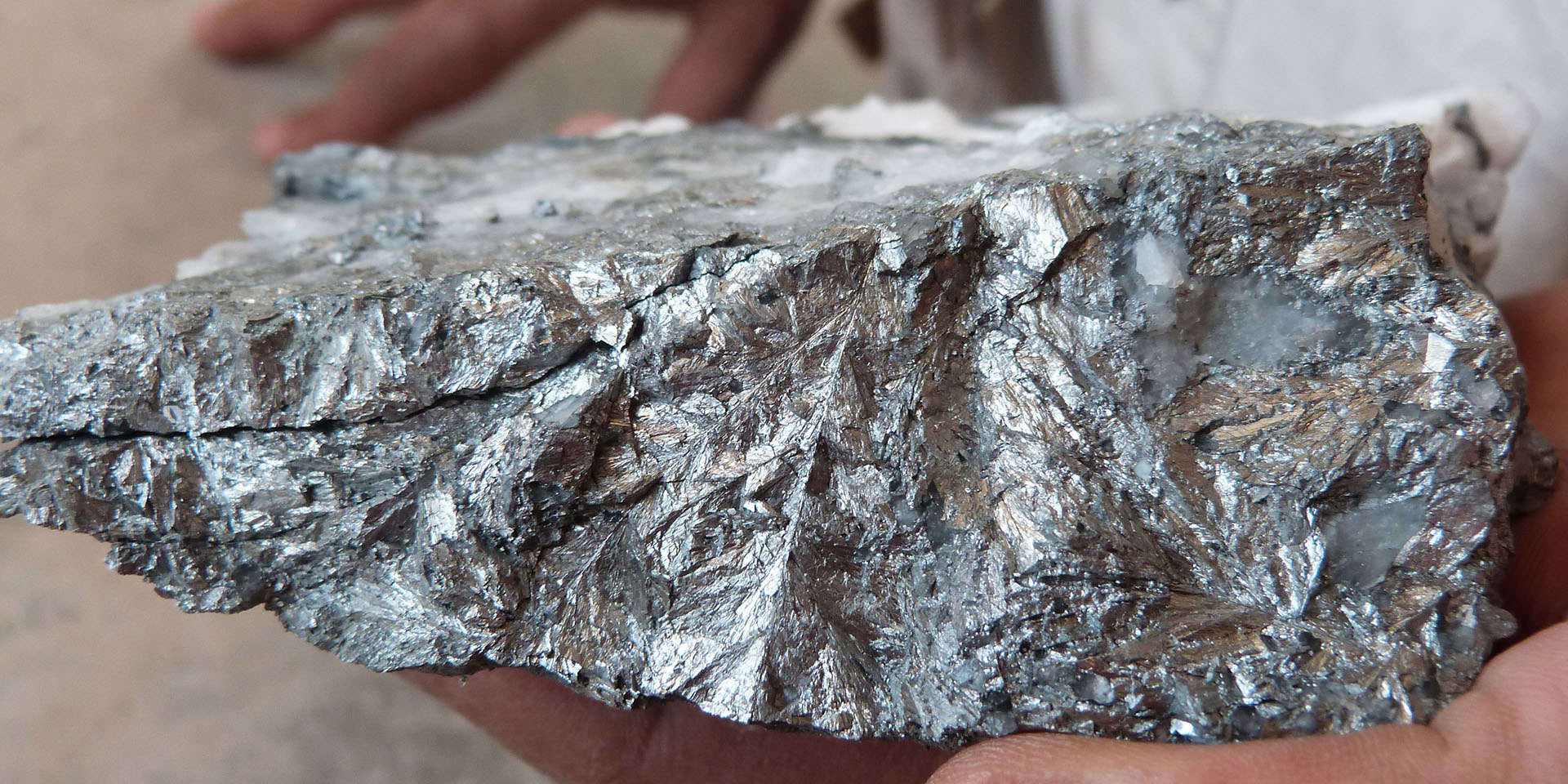Unveiling the origin of Earth's richest cobalt resource: insights from the unique Bou Azzer orebody
ETH earth scientists have developed a new method for determining the age of cobalt mineralisation.

Cobalt, a vital element in specialty steels, jet engines, and rechargeable lithium-ion batteries, plays a pivotal role in meeting the demands of a transition to a low-carbon economy and the aspirations of space exploration and modern technologies. While the majority of global cobalt production is derived from copper sulfide deposits in Central Africa, the Bou Azzer deposit in Morocco stands as a unique orebody where cobalt takes center stage.
In a new study led by N. J. Saintilan (former Swiss National Science Foundation Ambizione Fellow and Senior Research Associate at D-ERDW) and co-authors (including Prof. S. Bernasconi and Dr. J. Allaz at D-ERDW), published in the American Journal of Science, a new geochronometer – rhenium-osmium dating – has been applied to the ore minerals of cobalt arsenide in mineralised rock samples from the Bou Azzer mine. This innovative approach, developed during Saintilan's Ambizione Fellowship, provides accurate time constraints, enabling researchers to identify the geodynamic forces behind mineralisation. The multidisciplinary approach in this study, incorporating petrography, mineral chemistry, and isotope geochemistry, sheds light on the processes leading to the world's highest-grade cobalt orebody. Beyond its significance for understanding Bou Azzer, these findings offer valuable insights for exploring and discovering similar cobalt resources and advancing the application of rhenium-osmium radiometric dating in raw material exploration activities in other geological settings.
Reference
Nicolas J. Saintilan, Moha Ikenne, Stefano M. Bernasconi et al. The World’s Highest-Grade Cobalt Mineralization at Bou Azzer Associated With Gondwana Supercontinent Breakup, Serpentinite and Kellwasser Hydrocarbon Source Rocks. American Journal of Science, 323, 12. external page doi:10.2475/001c.91400